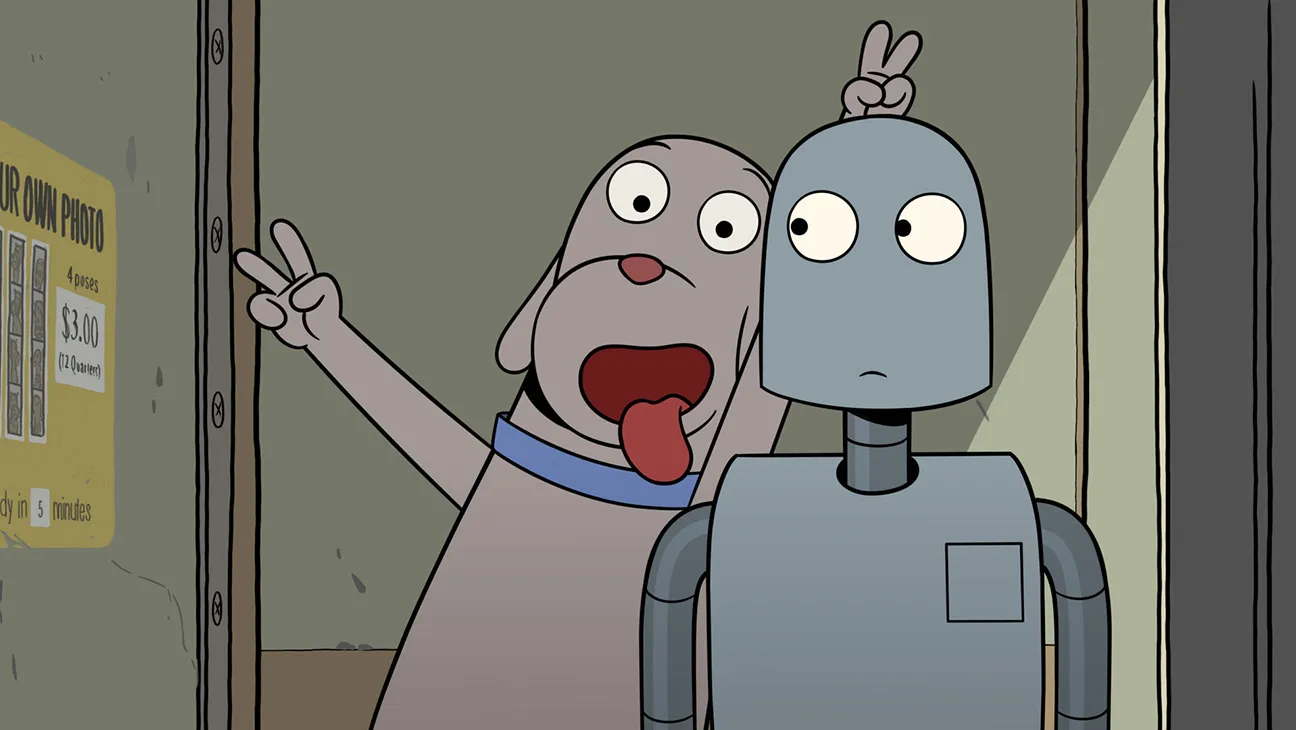by John Hofsess
Due to the oohing and ahhing that passes for criticism of “psychedelic” art, the true dimensions of 2001: A Space Odyssey have rarely been suggested. John Allen’s perceptive comments in The Christian Science Monitor and Clyde Gilmour’s columns in The Toronto Telegram represent the best attempts to explore the film in depth. For the rest we’ve been told to groove or grok as best we can with wide eyes and dilated pupils, and to drop the names of Marcuse or McLuhan if anyone suspects we don’t know much about Kubrick.
2001 no less than Dr. Strangelove is an apocalyptic vision: it i is an alternate future but no less pessimistic. Beneath its austerely beautiful surface an alarm is sounded for us to examine a problem of which Dr. Strangelove was a pronounced symptom: the possibility that man is as much at the mercy of his own artifacts as ever he was of the forces of nature. The film depicts J three leaps in evolution each time augured by the appearance of mysterious slabs. The apelike creatures discover the use of a weapon/tool based on recent findings of a carnivorous predator who used rudimentary weapons. Modern man, as depicted in the film, has built his entire civilization as an extension of this predatory beginning, and when he in turn encounters the slab, it signifies the obsolescence of man and the emergence of machine-intelligence such as H.A.L. 9000. But HAL too has pathological characteristics, and, for no more reason than that he is capable of killing, attempts to destroy the human crew and in all but one case succeeds. Finally, Kubrick envisions a complete breakthrough (not a further step in this progression of predators but a break in the chain), drawing upon the resources of a different type of human, the details of which are left to the imagination of each viewer to dream his own dream, to find out within himself what is salvageable and what requires change. Kubrick makes it clear, however, that astronaut Bowman alone displays any sign of non-cognitive skills; his sketches (of hibernating humans) are the only evidence of artistic wonder and curiosity, and represent one of the few activities and uses of the mind that HAL is not programmed to emulate. To Bowman is given the task of dismantling HAL.
Reviewers who pursue the “man’s greatest adventure —man on the threshold of space —a roller-coaster experience’’ type of approach to the film must consistently be missing the irony. Kubrick is much more likely to regard man (as presently constituted and socially organized) as a superannuated form of life, rather than as a promoter for NASA would, mindlessly extolling the platitudes of “progress.” That the music of Mr. Kubrick’s spheres should be that of a German nationalist is one of his inspired jokes. (The main point of Dr. Strangelove, if we can narrow it down to one, isn’t to illustrate the “fail-safe” crisis — but to point out to what extent Germany won the last world war.)
Dr. Strangelove dealt with savagely funny caricatures of various types of sexual pathology. From the mechanical copulation of two airplanes, to Slim Pickens disappearing from view astride a missile shouting “Ya! Hoo!,” sexual hysteria and social catastrophe are inseparable in Dr. Strangelove.
2001 moves progressively away from the “animal warmth” of the apelike creatures huddling together, to the “ballet mechanique” of man’s complex technology, suppressing every form of human relationship. When Dr. Heywood Floyd arrives at the Moon base, he meets a woman scientist who casually remarks that she doesn’t see much of her husband any more due to his research in oceanography. When Dr. Floyd contacts his home on Earth (his wife is absent), he speaks to a pale color image (his daughter, about six years old, wearing lipstick) and promises to bring her a present as a substitute for not being able to attend her birthday. Astronaut Poole, receiving a taped transmission from Earth, stares at his mother and father congratulating him on his birthday, completely void of any response. The line between humans and machines is blurred in the film not only because HAL is semi-human but because the humans are semi-mechanical, and as long as superiority is measured by the ability to destroy, HAL with his instantaneous memory- banks and improved logistics is the logical successor to man. As Abraham Maslow writes in The Psychology of Science (1966) “prediction, control, orderliness, rationality, organization—are all capable of being pathologized when pushed to the extreme.”
Frequently when critics discussed Lolita, both as a novel and film, they literally interpreted it as dealing with pedophilia. But Nabokov is a big-game hunter in everything but lepidoptera, and Lolita is nothing less than the definitive satire on romantic love —and the age-difference between Lolita and Humbert merely a distancing device to make the self-deception, pathos, desperation and possessiveness seem remote from the reader and his “mature” loves. But when the joke is unsprung, it makes the satire all the more biting. Looked at unsparingly, by a man of Olympian wit and disdain, western forms of love rarely rise above the level of Lolita. For Kubrick, Lolita is no more about pedophilia than 2001 is about space travel —he is drawn to psychological insights and satire, and his continuing exploration in Lolita, Dr. Strangelove, and 2001 is that of psychological space. Repeatedly in 2001 he nudges us with satirical jabs (“Are those sandwiches ham? Chicken? They look like ham.” “Yes, well they’re getting better at it all the time.”) to make it clear that he does not regard change necessarily as progress. Indeed, he inverts the Nietzschian myth of ape-man-superman to show that each stage is progressively worse than the one preceding it, for each time the circumference of its predatory powers is enlarged and the creature becomes increasingly singleminded in its destructiveness.
Critics who have rhapsodized about the film (and falsified it) have overlooked the salient fact that it clearly depicts an early death for modern man. The assertion that man can only save himself through a thoroughgoing psychological reorientation or “resurrection” is irony of an Olympian order. Mr. Kubrick offers man two futures, and both of them are funerals. In Dr. Strangelove he dies in nuclear war, unconscious of what drives him or his war machine. In 2001 he gains sufficient self-awareness to unplug his machines and phase himself out of existence, which is like imagining a cancer considerate enough to destroy itself.
Literary critic Harry Levin is reported to have said of James Joyce’s Ulysses that it set such a standard of excellence as to make the writing of novels thereafter much more difficult. Mr. Kubrick has presented a similar challenge to all filmmakers. An inarticulate rave is no substitute for understanding, and 2001 is about as well understood in its first year of release as Ulysses was in its first edition.
From Take One magazine (Canadian film periodical)




